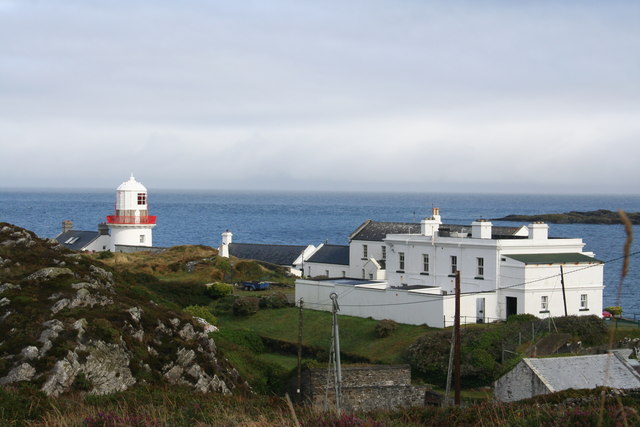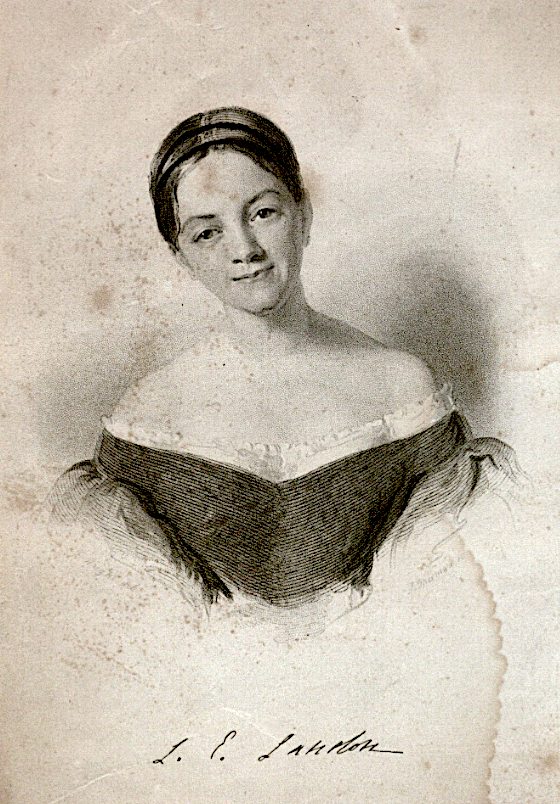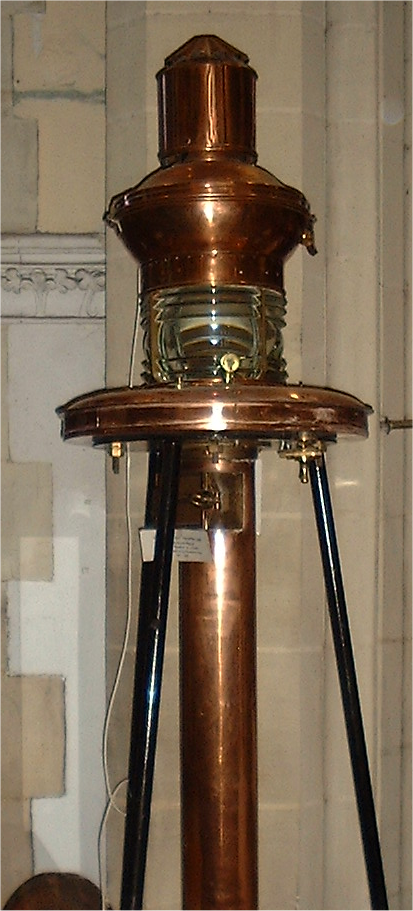|
Baily Lighthouse
The Baily Lighthouse (Irish language, Irish: ''Teach Solais Dhún Criofainn'') is a lighthouse on the southeastern part of Howth Head in County Dublin, Republic of Ireland, Ireland. It is maintained by the Commissioners of Irish Lights. History Early history The first lighthouse on this site was built in about 1667 by Sir Robert Reading and was one of six that Reading had received letters patent to build from Charles II of England, Charles II in 1665. The original facility consisted of a small cottage and a square tower which supported a coal-fired beacon. Parts of the original buildings remain. In 1790, the coal beacon was replaced with a set of six Argand lamp, Argand oil lamps, each including a silvered copper parabolic and a bulls-eye glass pane. During this period, the lighthouse was maintained by a lighthouse contractor who was a Revenue Commissioner inspector. New site In 1810, the Corporation for Preserving and Improving the Port of Dublin took over the operations. ... [...More Info...] [...Related Items...] OR: [Wikipedia] [Google] [Baidu] |
Howth Head
Howth Head ( ; ''Ceann Bhinn Éadair'' in Irish) is a peninsula northeast of the city of Dublin in Ireland, within the governance of Fingal County Council. Entry to the headland is at Sutton while the village of Howth and the harbour are on the north-eastern face. Most of Howth Head is occupied by the Hill of Howth, though there are other regions, such as the tombolo at Sutton, extensive beaches on the northern shores, and small ones in other parts. The Baily Lighthouse is on the southeastern part of Howth Head. Nearby are the districts of Baldoyle and Portmarnock, and adjacent is the nature reserve of North Bull Island. History The earliest mention of the peninsula may be on a map attributed to Claudius Ptolemy, where it was called ''Edri Deserta'' or in Greek (''Edrou Heremos'', Edar's isolated place). Here it was portrayed as an island, but it is not clear if this was due to actual separation from the headland or inaccurate information available to the cartographer. Oth ... [...More Info...] [...Related Items...] OR: [Wikipedia] [Google] [Baidu] |
City Of Dublin Steam Packet Company
The City of Dublin Steam Packet Company was a shipping line established in 1823. It served cross-channel routes between Britain and Ireland for over a century. For 70 of those years it transported the mail. It was 'wound-up' by a select committee of the House of Lords in 1922 and finally liquidated in 1930. The company operated from offices at Eden House, 15-18 Eden Quay which were constructed in 1829. History The City of Dublin Steam Packet Company began in Dublin in 1822 as Charles Wye Williams & Company; Williams is one of the unrecognised pioneers of steam navigation. His company initially operated steam ships between Dublin and Liverpool. In 1826, the line added service to London and Belfast. Later, service was also provided between Glasgow and Belfast. Transatlantic service to New York City, New York started with the ''Royal William'' departing Liverpool on 5 July 1838, becoming the first steamer to depart for an Atlantic crossing from the River Mersey. In January, 1839 ... [...More Info...] [...Related Items...] OR: [Wikipedia] [Google] [Baidu] |
Lighthouses Completed In 1814
A lighthouse is a tower, building, or other type of physical structure designed to emit light from a system of lamps and lenses and to serve as a beacon for navigational aid for maritime pilots at sea or on inland waterways. Lighthouses mark dangerous coastlines, hazardous shoals, reefs, rocks, and safe entries to harbors; they also assist in aerial navigation. Once widely used, the number of operational lighthouses has declined due to the expense of maintenance and the advent of much cheaper, more sophisticated, and more effective electronic navigational systems. History Ancient lighthouses Before the development of clearly defined ports, mariners were guided by fires built on hilltops. Since elevating the fire would improve visibility, placing the fire on a platform became a practice that led to the development of the lighthouse. In antiquity, the lighthouse functioned more as an entrance marker to ports than as a warning signal for reefs and promontories, unlike many moder ... [...More Info...] [...Related Items...] OR: [Wikipedia] [Google] [Baidu] |
Lighthouses In Ireland
This is a list of lighthouses in Ireland. The Commissioners of Irish Lights are responsible for the majority of marine navigation aids around the island though a small number are maintained by local harbour authorities. The main list identifies those lighthouses in a clockwise direction starting with Crookhaven, Crookhaven lighthouse, County Cork. Maintained by Commissioners of Irish Lights Maintained by other Irish marine authorities A smaller number of active lighthouses are operated by other authorities, primarily the port and harbour companies located around the Geography of Ireland, Irish coast. Inactive Improvements and changes to the aids to navigation around the Irish coast, has meant that there are a number of lighthouses that have been decommissioned. This list includes those where the tower or structure is still in existence. Some of these have been reused, such as Ferris Point which is now a vessel control tower. Clare Island was turned into a guest house ... [...More Info...] [...Related Items...] OR: [Wikipedia] [Google] [Baidu] |
Letitia Elizabeth Landon
Letitia Elizabeth Landon (14 August 1802 – 15 October 1838) was an English poet and novelist, better known by her initials L.E.L. Landon's writings are emblematic of the transition from Romanticism to Victorian literature. Her first major breakthrough came with ''The Improvisatrice'' and thence she developed the metrical romance towards the Victorian ideal of the Victorian monologue, influencing fellow English writers such as Elizabeth Barrett Browning, Robert Browning, Alfred Tennyson and Christina Rossetti.Sypher Her influence can also be found in the United States, where she was very popular. Edgar Allan Poe regarded her genius as self-evident. In spite of these wide influences, due to the perceived immorality of Landon's lifestyle, her works were largely ignored or misrepresented after her death. Early life Letitia Elizabeth Landon was born on 14 August 1802 in Chelsea, London to John Landon and Catherine Jane, ''née'' Bishop. A precocious child, Landon learned to ... [...More Info...] [...Related Items...] OR: [Wikipedia] [Google] [Baidu] |
National Maritime Museum Of Ireland
The National Maritime Museum of Ireland () opened in 1978 in the former Mariners' Church, Dún Laoghaire, Mariners' Church in Moran Park, located between the seafront and the centre of Dún Laoghaire, County Dublin, Ireland. President Michael D. Higgins officially re-opened the museum in 2012. History The church was built in 1837 for seafarers and remained open until 1971. In 1974 the Church of Ireland and the Maritime Institute of Ireland signed an agreement that led to the museum's opening. In 2006 substantial funding was authorised by the Government for capital expenditure to cover the cost of the refurbishment, however this funding has since ceased, and the museum is now dependent upon door receipts, fund raising events and donations. It is operated by volunteers and a community employment scheme provided by the Department of Social Protection. In July 2011 two stained-glass windows by artist Peadar Lamb were installed in the former church, sponsored by the Dún Laoghaire ... [...More Info...] [...Related Items...] OR: [Wikipedia] [Google] [Baidu] |
The Baily Optic (7479345672)
''The'' is a grammatical article in English, denoting nouns that are already or about to be mentioned, under discussion, implied or otherwise presumed familiar to listeners, readers, or speakers. It is the definite article in English. ''The'' is the most frequently used word in the English language; studies and analyses of texts have found it to account for seven percent of all printed English-language words. It is derived from gendered articles in Old English which combined in Middle English and now has a single form used with nouns of any gender. The word can be used with both singular and plural nouns, and with a noun that starts with any letter. This is different from many other languages, which have different forms of the definite article for different genders or numbers. Pronunciation In most dialects, "the" is pronounced as (with the voiced dental fricative followed by a schwa) when followed by a consonant sound, and as (homophone of the archaic pronoun ''thee' ... [...More Info...] [...Related Items...] OR: [Wikipedia] [Google] [Baidu] |
Electric Beacon
In navigation, a radio beacon or radiobeacon is a kind of beacon, a device that marks a fixed location and allows direction-finding equipment to find relative bearing. But instead of employing visible light, radio beacons transmit electromagnetic radiation in the radio wave band. They are used for direction-finding systems on ships, aircraft and vehicles. Radio beacons transmit a continuous or periodic radio signal with limited information (for example, its identification or location) on a specified radio frequency. Occasionally, the beacon's transmission includes other information, such as telemetric or meteorological data. Radio beacons have many applications, including air and sea navigation, propagation research, robotic mapping, radio-frequency identification (RFID), near-field communication (NFC) and indoor navigation, as with real-time locating systems (RTLS) like Syledis or simultaneous localization and mapping (SLAM). Types Radio-navigation beacons The most ... [...More Info...] [...Related Items...] OR: [Wikipedia] [Google] [Baidu] |
Diaphone
The diaphone is a noisemaking device best known for its use as a foghorn: It can produce deep, powerful tones, able to carry a long distance. Although they have fallen out of favor, diaphones were also used at some fire stations and in other situations where a loud, audible signal was required. History The diaphone horn was based directly on the organ stop of the same name invented by Robert Hope-Jones, creator of the Wurlitzer organ. Hope-Jones' design was based on a piston that was closed only at its bottom end and had slots, perpendicular to its axis, cut through its sides; the slotted piston moved within a similarly slotted cylinder. Outside of the cylinder was a reservoir of high-pressure air. Initially, high-pressure air would be admitted behind the piston, pushing it forward. When the slots of the piston aligned with those of the cylinder, air passed into the piston, making a sound and pushing the piston back to its starting position, whence the cycle would repeat. A ... [...More Info...] [...Related Items...] OR: [Wikipedia] [Google] [Baidu] |
John Richardson Wigham
:''This article concerns the Irish-based inventor and lighthouse engineer, not his cousin the shipbuilder John Wigham Richardson''. John Richardson Wigham (15 January 1829 – 16 November 1906) was a prominent lighthouse engineer of the 19th century. Early life John Richardson Wigham was born to a Quaker family in Newington, Edinburgh, Scotland. His father, John, operated a mill for the manufacture of shawls. His mother, Jane née Richardson, died when he was one year old, in 1830. He did not have a university education. When he was 15 years he was apprenticed to a metal works, Edmundson & Co, in Capel Street, Dublin, The company was founded and operated by his cousin, Joshua Edmundson. They dealt in ironmongery, ran a brass foundry, and carried out tin plate working and japanning (metal paintwork). At this time, Caple Street was the center of furniture manufactureing. Edmundsons provided metal pieces such as hinges and handles to the furniture makers. After John joined, t ... [...More Info...] [...Related Items...] OR: [Wikipedia] [Google] [Baidu] |
Dioptric
Dioptrics is the branch of optics dealing with refraction, especially by lenses. In contrast, the branch dealing with mirrors is known as ''catoptrics''. Telescopes that create their image with an objective that is a convex lens ( refractors) are said to be "dioptric" telescopes. An early study of dioptrics was conducted by Ptolemy in relationship to the human eye as well as refraction in media such as water. The understanding of the principles of dioptrics was further expanded by Alhazen, considered the father of modern optics. See also * Diopter/Dioptre (unit of measurement) * Dioptrice (work by Johannes Kepler) * Catoptrics (study of and optical systems utilizing reflection) * Catadioptrics (study of and optical systems utilizing reflection and refraction) * Optical telescope * List of telescope types The following are lists of devices categorized as types of telescopes or devices associated with telescopes. They are broken into major classifications with many variations ... [...More Info...] [...Related Items...] OR: [Wikipedia] [Google] [Baidu] |
Board Of Trade
The Board of Trade is a British government body concerned with commerce and industry, currently within the Department for Business and Trade. Its full title is The Lords of the Committee of the Privy Council appointed for the consideration of all matters relating to Trade and Foreign Plantations, but is commonly known as the Board of Trade, and formerly known as the Lords of Trade and Plantations or Lords of Trade, and it has been a committee of the Privy Council of the United Kingdom. The board has gone through several evolutions, beginning with extensive involvement in colonial matters in the 17th century, to powerful regulatory functions in the Victorian Era and early 20th century. It was virtually dormant in the last third of the 20th century. In 2017, it was revitalised as an advisory board headed by the International Trade Secretary who has nominally held the title of President of the Board of Trade, and who at present is the only privy counsellor of the board, the othe ... [...More Info...] [...Related Items...] OR: [Wikipedia] [Google] [Baidu] |







